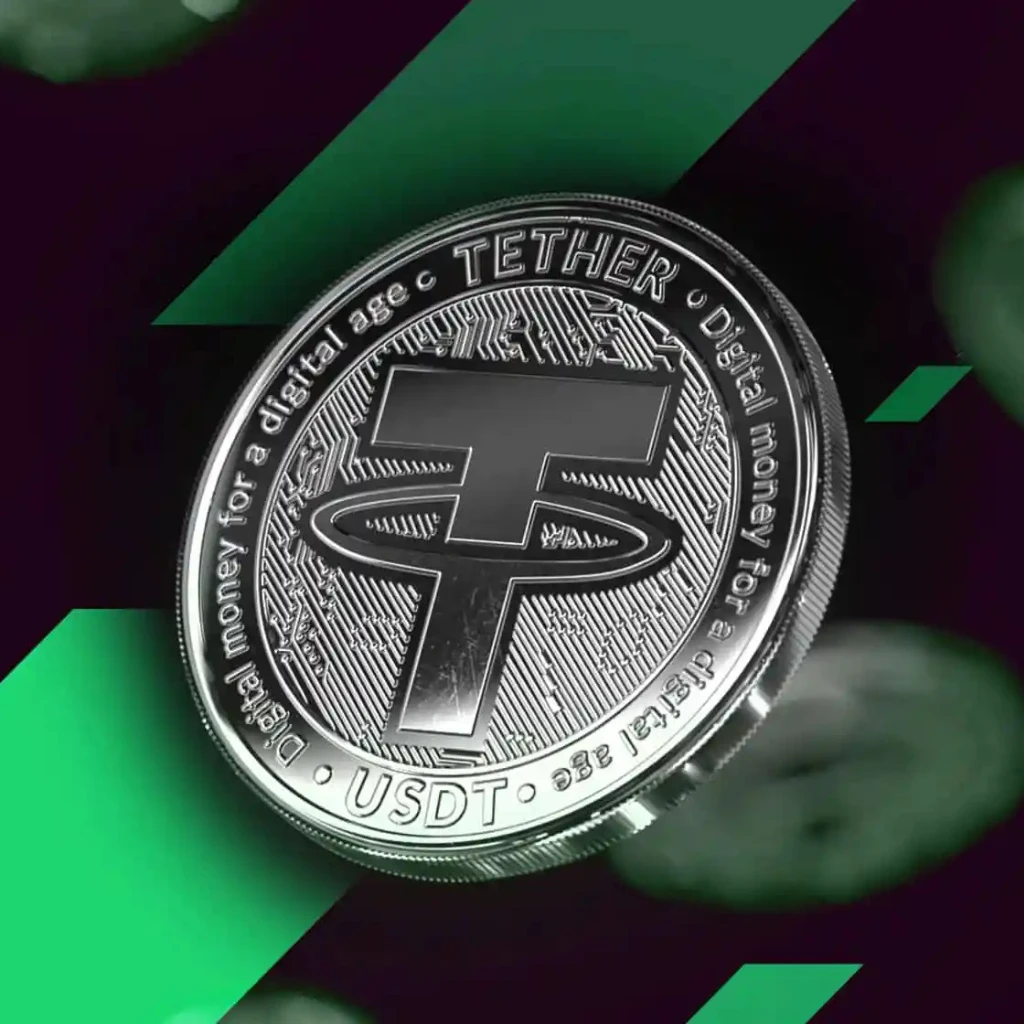By Eugene, Features Contributor– Crypto arbitrage
When Michael Tan first heard the term crypto arbitrage, he was scrolling through Reddit at 2 AM. He’d been dabbling in Bitcoin for a year or so—nothing serious, just some weekend trading and the occasional YouTube binge. But the phrase stuck with him: arbitrage. What did it actually mean?
Turns out, Michael wasn’t alone. The concept comes up a lot in trading circles, often with flashy thumbnails and wild profit claims. But few sources break it down clearly. So, he did what most curious people do—he Googled it.
What he found surprised him.
Crypto Arbitrage: A Simple Idea with Complicated Layers

At its core, crypto arbitrage is a strategy where you buy a cryptocurrency for a lower price on one exchange and sell it at a higher price on another. Michael quickly saw the appeal: it wasn’t about predicting where the market would go, it was about spotting differences between platforms—and acting fast.
Bitcoin at $40,000 on Exchange A but $40,200 on Exchange B? That’s a $200 opportunity. Simple in theory. But in practice? That’s where things got real.
The Spark That Kept Him Hooked


Michael admits he got hooked by the idea of “free money.” But after his first attempt—where transfer fees ate nearly all his profits—he realized it wasn’t that easy.
He began digging deeper, learning about the types of arbitrage:
1. Spatial Arbitrage (Between Exchanges)
This was Michael’s entry point. Watch two exchanges, catch a price difference, and move fast. The challenge? Those differences vanish quickly, and fees pile up.
2. Triangular Arbitrage
Later, he experimented with triangular arbitrage—trading three different pairs on the same exchange. BTC to ETH, ETH to USDT, and back again. It sounded convoluted, but sometimes, the math worked in his favor.
3. Decentralized Arbitrage
More recently, he explored DeFi platforms—Uniswap, PancakeSwap. “Wildly unpredictable,” he said, “but when it works, it works.” The risks were higher, but so were the spreads.
The 2025 Reality Check: Still Worth It?

Arbitrage was a hot opportunity in the early days of crypto, but is it still relevant in 2025?
Michael thinks so—but with caveats.
The biggest difference now? Bots. Automated systems scan dozens of exchanges 24/7, making it harder for everyday traders to get ahead. “You’re not competing with other guys in hoodies anymore,” he joked, “you’re competing with code.”
Still, inefficiencies exist—especially in lesser-known tokens or low-volume platforms. For Michael, it’s no longer about chasing every opportunity. It’s about picking smart ones.
What He Tells Beginners


Michael’s advice is simple and earned the hard way:
- Start small. Try a $50 trade before risking real money.
- Watch fees. Transfer, withdrawal, and network fees can wipe you out.
- Use tools. CoinGecko, CoinMarketCap, and alert bots are your best friends.
- Check regulations. Laws vary by country, and it’s not always crystal clear.
He emphasizes that this isn’t a passive-income fantasy. It’s active, high-stakes, and sometimes frustrating. “You’ve got to enjoy the puzzle,” he said. “If you don’t, you’ll burn out.”
Final Thoughts: Michael’s Take on Crypto Arbitrage
So, is crypto arbitrage worth it?
“It’s not for everyone,” Michael admits. “But if you’ve got the patience, a good setup, and a love for spotting patterns? It’s one of the few crypto strategies that doesn’t rely on hype.”
In 2025, crypto arbitrage may not be the golden goose it once was—but for people like Michael, it’s still a sharp and usable edge in a chaotic market.
Just don’t expect it to be easy. Or predictable. Or boring.
Relevant News: HERE




